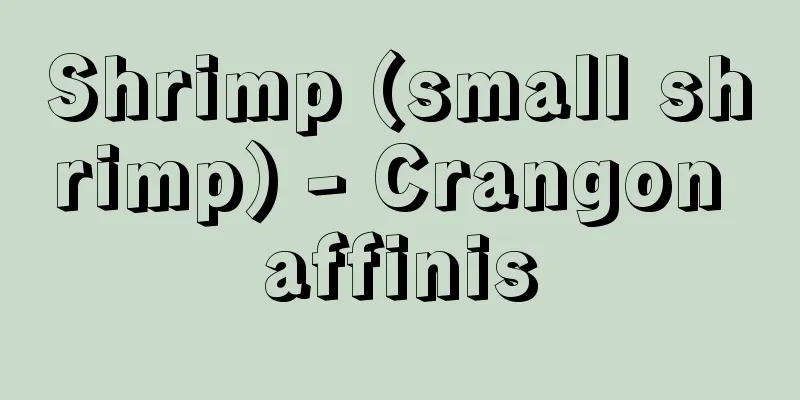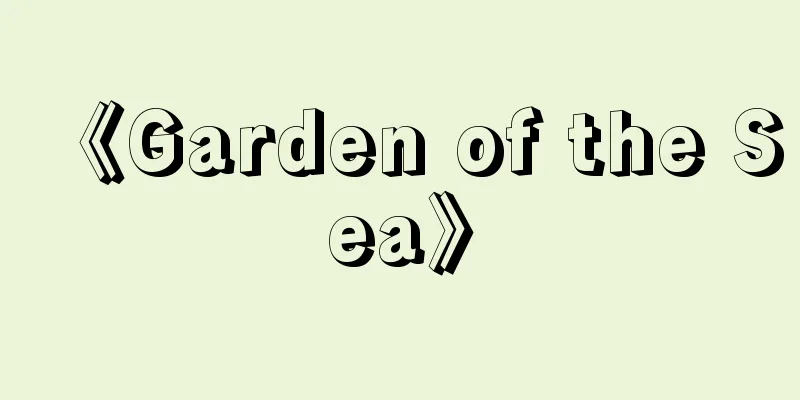Trace - After

〘noun〙① feet. Also, the bottom of the feet. The area around the feet. ⇔pillow. ※The Chronicles (720), Emperor Keitai 7th year, September, folk song: "Atotori , tsumatorishite, <omitted> my sister 's hand is my pillow . " ※Man'yoshu (late 8th century), 5.892: "My parents are at the pillow, my wife and children are at the feet. " ② Specifically, the hind legs of an animal. ※Otomo - ki (early 17th century), responsible for Toyoshu Sedaka Castle: "When a horse's feet cannot reach a place, it stands on a pole stand and crosses only by its rear." ③ The mark left where a foot is put down. Footprint. ( i) Footprint. Footprint. ※Poem on the Buddha's Footprints (c. 753) "Looking at the stone where the strong man walked ahead, I reminisce until we meet again." (b) Footprints of people coming and going. Evidence of walking. Traffic. ※Genji (c. 1001-14) Tenarai "Only the traces of the monk who came from a place called Kurodani can be seen." ④ The path or direction one took. Whereabouts. ※Kokin (905-914) Separation, 391 "Though I do not know the white mountain where you are going, I will search for your traces as the snow falls (Fujiwara no Kanesuke)." ⑤ A sign that gives a glimpse of a phenomenon, incident, or thing that has passed. Trace . Ruins. ※Man'yoshu (late 8th century) 3/351 "The world is like a river. At dawn, there is no trace of the boats that once rowed . " ※Haiku poem, Oku no Hosomichi (c. 1693-94), Hiraizumi "Summer grass, traces of the soldiers ' dreams." ⑥ Something from the past that should be used as an example. Precedent. Historical fact. Test. Custom. ※Shoki (720), Yūryaku 23rd year, April (Maeda Honkun) "In this year , the tribute from Baekje was in accordance with the usual precedent. " ⑦ Handwriting. Brush strokes. ※Genji (c. 1001-14), Eawase "Though the present may be shallow, it is shameless and lively in the wake of the past." ⑧ The family name. Also, the person who inherits the family name. Family headship. Inheritance. Legacy. Heir to an estate. Atoshiki . ※The Chronicles (720), July, 2nd year of Emperor Kinmei (Kanbun edition) "Those who follow others are able to carry on the traces of those who came before them." ※Ukiyo-zoshi, Nihon Eitaigura (1688), 1 "This kindness ( omitted ) A man who remained by the pillow of a sudden death took up the whole trace. " ⑨ The aftermath of a buying and selling transaction at an exchange. Traces. [Additional note] The original meaning is A (foot) To (place). In ancient times, it referred to the area of the foot, the place where the foot was placed, and the spreading traces of something that has passed.Cough [scar]Source: The Selected Edition of the Japanese Language Dictionary About the Selected Edition of the Japanese Language Dictionary Information |
〘名〙① 足。また、足もと。足のあたり。⇔枕。※書紀(720)継体七年九月・歌謡「阿都(アト)取り 端(つま)取りして 〈略〉 妹(いも)が手を 我に枕(ま)かしめ」※万葉(8C後)五・八九二「父母(ちちはは)は 枕の方に 妻子(めこ)どもは 足(あと)の方に」② 特に、獣のうしろ足。※大友記(17C前)豊州勢高城を責事「馬は足のとどかざる処にては竿立に立ってあとばかりにて渡る」③ 足を下ろした所に残る形。足跡(そくせき)。(イ) あしがた。あしあと。※仏足石歌(753頃)「丈夫の進み先立ち踏める阿止(アト)を見つつ偲はむ直に逢ふまでに正に逢ふまでに」(ロ) 人が行き来した足あと。歩いた形跡。往来。※源氏(1001‐14頃)手習「黒谷とかいふ方よりありく法師のあとのみ、まれまれは見ゆるを」④ 去って行った道や方向。行方。※古今(905‐914)離別・三九一「きみがゆくこしのしら山しらねども雪のまにまにあとはたづねん〈藤原兼輔〉」⑤ 過ぎてしまった現象や、事件、事物のことがうかがわれるしるし。痕跡(こんせき)。遺跡。※万葉(8C後)三・三五一「世の中を河に譬へむ朝びらき漕ぎいにし舟の跡(あと)なきごとし」※俳諧・奥の細道(1693‐94頃)平泉「夏草や兵(つはもの)どもが夢の跡」⑥ 手本とすべき過去の事柄。先例。故実。ためし。しきたり。※書紀(720)雄略二三年四月(前田本訓)「是歳、百済の調賦(みつきもの)、常の例(アト)に益れり」⑦ 筆跡。筆のあと。※源氏(1001‐14頃)絵合「今の浅はかなるも、昔のあとに恥なく賑ははしく」⑧ 家の名跡。また、家の名跡をつぐ者。家督。遺産。遺領。遺産相続人。跡式(あとしき)。※書紀(720)欽明二年七月(寛文版訓)「人の後(つき)を為す者は、能く先(おや)の軌(アト)を負荷(にな)ひ」※浮世草子・日本永代蔵(1688)一「此親仁〈略〉頓死の枕に残る男子一人して、此の跡(アト)を丸どりにして」⑨ 取引所で売買取引の終わったあと。引け跡。[補注]ア(足)ト(処)が原義。上代には、足の方、足を踏んだ所、広がって、過ぎ去ったものの痕跡をいう。
せき【跡】出典 精選版 日本国語大辞典精選版 日本国語大辞典について 情報 |
Recommend
Chemical fiber paper - Kasenshi
→ Chemical fiber paper Source : Heibonsha Encyclop...
Uchimaki
...Rice is a tropical plant that was introduced f...
Cerrado - Cerrado (English spelling)
Vegetation found in the savanna climate region of...
Panulirus homarus (English spelling) Panulirus homarus
… [Takeda Masatomo]. … *Some of the terminology t...
Missing character - Ketsuji
A missing character in a sentence or phrase. Also,...
Cannabikisou - Cannabikisou
A perennial plant of the Santalaceae family (APG ...
Kievan Rus
…The Rus’ Khanate is divided into three periods: ...
Kobo - Kobo
A perennial grass of the grass family found in hil...
Yedu
…He built magnificent buildings such as the Bronz...
Christian drama
...Since ancient times, theater has been closely ...
Overseas diplomatic missions
A diplomatic mission is a national institution th...
Talpidae
…the name given to the subterranean mammals of th...
Sensory measurement method - Kankakusokuteiho
… [Evaluation of malodor] Although instrumental a...
Loasa (English spelling)
It is an annual or perennial, sometimes woody plan...
Tsukigata [Village] - Tsukigata
A village in Nishikanbara County, central Niigata ...





![Mitsubishi Bank [Stock] - mitsubishiginko](/upload/images/67ccf2f5369dd.webp)



![Yoshinoya [village] - Yoshinodani](/upload/images/67cd1a1f29d3e.webp)